NASA has many applications that leverage Wi-Fi® to do more science with less engineering. Since the inception of IEEE 802.11 open standards and Wi-Fi Alliance® industry certifications, worldwide investment in Wi-Fi has produced radios that are sophisticated, cognitive, adaptive, power efficient, miniaturized, platform-independent, inexpensive, and available in many designs from many vendors. But first, come with me on a journey, fifty years back in time, to the world before it was changed by Wi-Fi.
1969: Before Wi-Fi, a man landed on the moon
When we were going into space for the first time, there were no standards. In 1969, voice and video signaling were analog, and no terrestrial standard supported mixed signaling. The Apollo lander could carry one radio transponder, and it needed to transmit voice, video, and digital telemetry on a unified carrier, and it needed to be reliable. The performance we required was unique, and expensive, and it pushed the technology envelope. International cooperation that followed Apollo required compatible interfaces. Space shuttle missions had a duration of a couple weeks, and Mir missions were longer, so contact with family gained importance.
Space station had a LAN when 802.11b was released
Now, jump to 2001. IEEE 802.11b was being released, the space station already had one Wireless Access Point. The Proxim RangeLAN2 required Proxim-branded wireless client adapters. It supported 1.6Mbps of traffic on a 2.4GHz frequency-hopping physical layer. The inside of a space station module is a high-multipath environment, and there were initially 22 devices on the Operations LAN, most of them wired. Wireless networks began to be used to connect wireless barcode readers to manage the inventory of consumables.
NASA installs first Wi-Fi
In January of 2008, with the IEEE 802.11n standard in Draft 3, NASA installed our first Wi-Fi. This consisted of two Netgear RangeMax b/g access points, nominally providing 240 Mbps each. The APs were repackaged for NASA by Energia. (image 1)
Immediately our IBM Thinkpad A31P laptops were clients, and for logistics, we provided our crew with RFID barcode readers. Our network now supported 52 wired and wireless devices. Arriving at the end of the space shuttle program, SPHERES platforms used Wi-Fi for high-bandwidth applications like video surveys. (image 2) Perhaps you can see here an exciting use for Wi-Fi Location™.
Wi-Fi upgrades in the space station
As IEEE 802.11-2012 was being released, the access points inside the Space Station were upgraded with four industrial grade enterprise dual-band Wi-Fi 802.11n units. By the end of 2012, there were 180 wired and wireless devices on the network, which shared the original 150Mbps satellite backhaul link. For many applications, wireless connectivity became a solved problem. The iPad Air served as a crew support tablet, and our Russian partners experimented with a GoPro to record extra-vehicular activity (EVA). The GoPro had Wi-Fi inside the space station, before and after EVA.
Wi-Fi extends outside the space station
In May 2016, we extended our wireless network to the outside of the Space Station. In the photograph below, (image 3) the access point marked “Zenith” is prepared to connect through coaxial cables to antennas installed outside of the Destiny module. We lose a few decibels of performance, but an upgrade to a four antenna Wi-Fi 6 access point could be accomplished in twenty minutes. In 2016, our wireless data rates were still constrained by 100Mbps Ethernet.
Space station video infrastructure was designed for the analog NTSC standard of the 1990s. To support a high definition camera, we needed a new parallel digital infrastructure. This camera is a bolt-on. It is mounted to the existing standard definition camera, takes power from the luminaire, and streams the video back using Wi-Fi. Inside the box is a Nikon D4. It takes high quality photos and video. And if we connect these cameras to Ethernet, they will become Moxa access points that are mounted on the space station truss.
In March of 2018, we installed our third external access point. Shortly thereafter, we installed two fixed high-definition cameras connected by Ethernet, (image 4) to provide both video and Wi-Fi coverage of the docking corridor. For these, we installed Ethernet penetrations cabled to external access points. We now have five mixed-vendor access points and no wireless controller, so mobility needs to be managed by the clients.
Wi-Fi takes a space walk
Wi-Fi also became a part of the space suits this year! Other external payloads have been stationary, so the suits are our first mobile outdoor clients. (image 5) A cinematic and virtual reality camera was repackaged to record an immersive space experience. High definition video is flown to the ground, but the viewfinder is a compressed stream that can use Wi-Fi. This clamp-on wireless camera (image 6) first streamed high-definition video in August 2019.
Image 7 shows the new high-definition digital helmet camera. The helmet camera will stream HD to internal storage and through Wi-Fi for viewing by the crew and on the ground, together with the legacy selectable analog cameras. This evolutionary change reduces the required engineering rigor.
The future of Wi-Fi in space
Expect to see Wi-Fi coverage landing on the moon soon. NASA’s next human moon landing will be supported by the first lunar Gateway modules (image 8). We are already evaluating early Wi-Fi 6 products to provide indoor and outdoor shared wireless infrastructure for non-critical applications around the Gateway. A driving application is wireless streaming from a 4k video sensor outside in space, while the encoder and storage are located inside the Gateway.
We are still finalizing detailed objectives for our next human moon landing, but we know our wireless communication infrastructure must be small, lightweight, low power, versatile, and adaptive. Exploration goes off the grid, so high performance, standards-based on peer-to-peer mesh networking would be attractive. You can see why I would be interested in the possibilities of Wi-Fi HaLow™.
Where will Wi-Fi take us in the next 20 years?
From my timeline, you can see that space shuttle and space station programs have spanned several decades each. Our project cycles are longer than for consumer products. The Wi-Fi commitments to backward compatibility, ever-improving performance, vendor interoperability, and scalable architecture are a good match for space. Wi-Fi is now the first solution we consider for non-critical short-haul distances.
The possibilities for additional Wi-Fi applications at the space station are nearly endless. From more Wi-Fi in spacesuits, high definition (HD) helmet cameras, and streaming video to the space station and the ground to using external HD camera inspections via Wi-Fi prior to re-entry.
In twenty years Wi-Fi has changed the world, but Wi-Fi is also changing the way we explore space. So, what story will your next product be a part of?
The statements and opinions by each Wi-Fi Alliance member and those providing comments are theirs alone, and do not reflect the opinions or views of Wi-Fi Alliance or any other member. Wi-Fi Alliance is not responsible for the accuracy of any of the information provided by any member in posting to or commenting on this blog. Concerns should be directed to info@wi-fi.org.



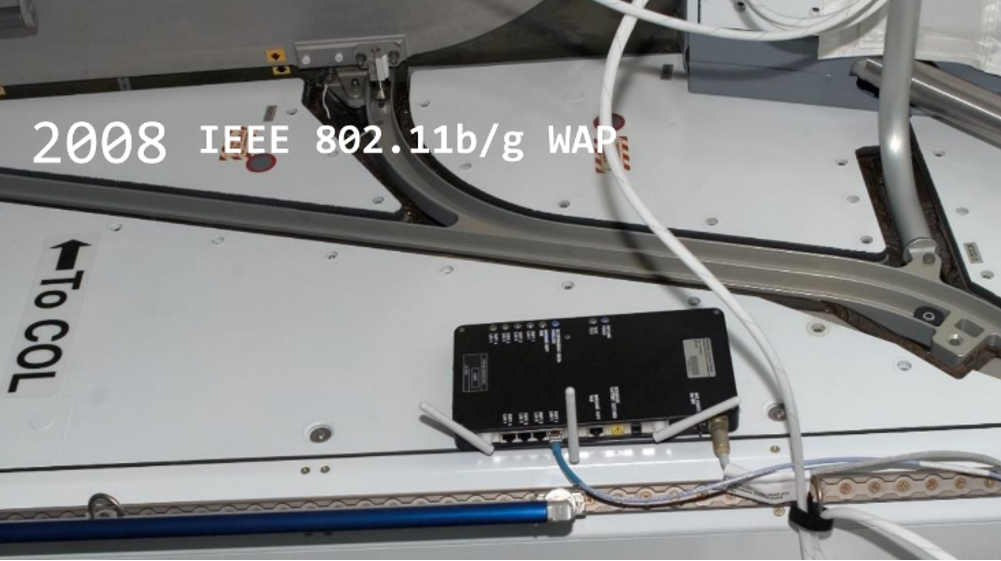
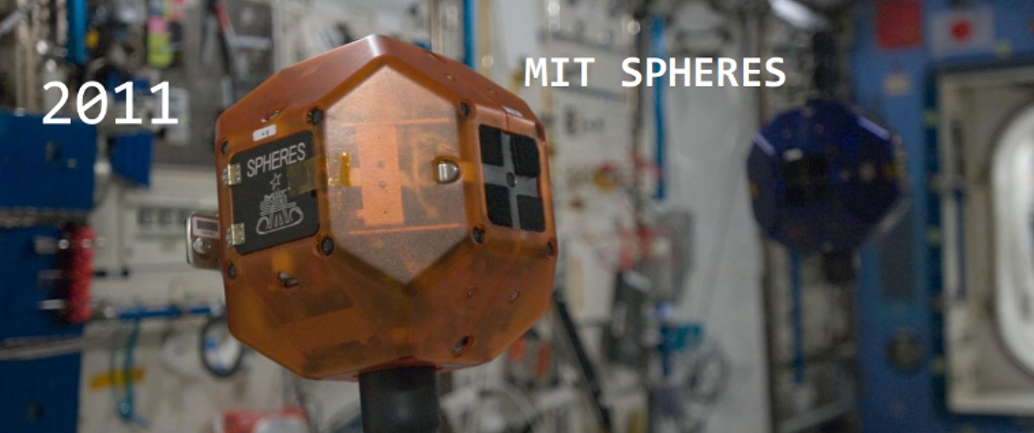
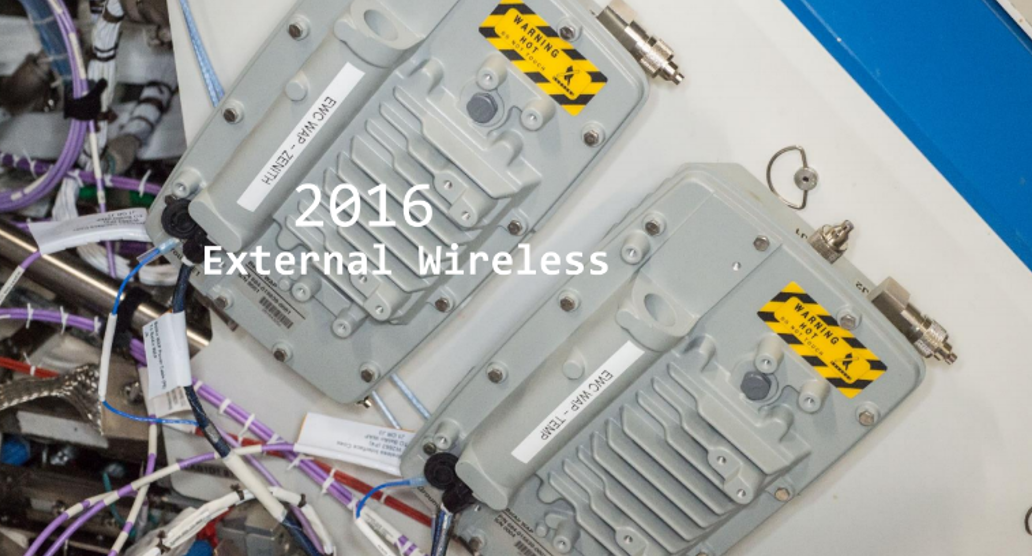
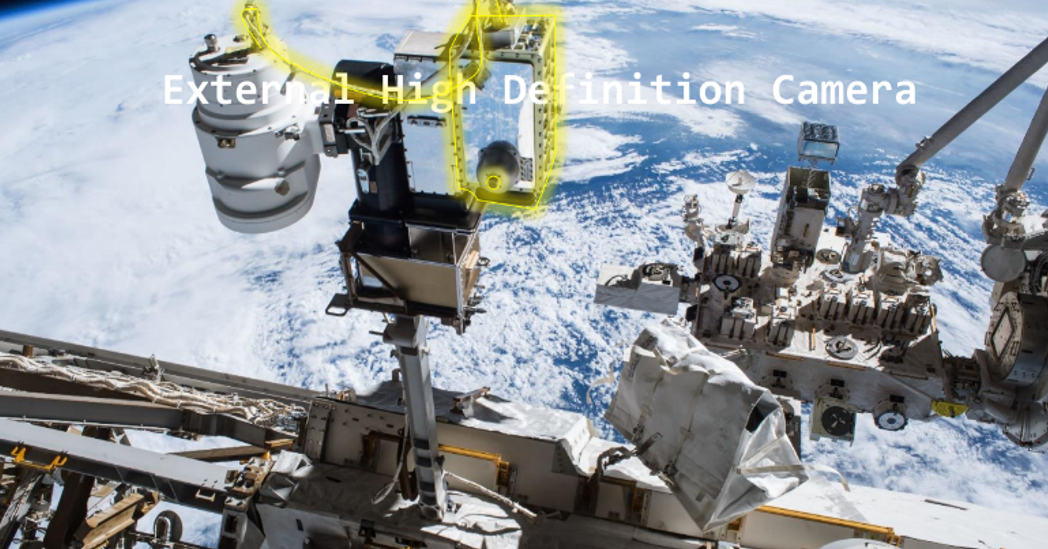
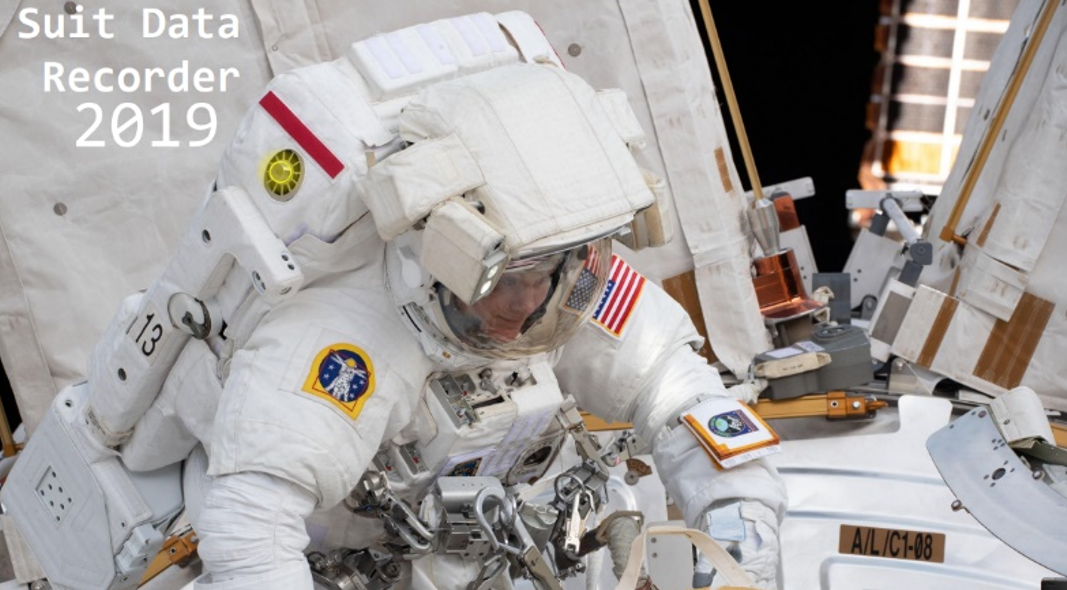
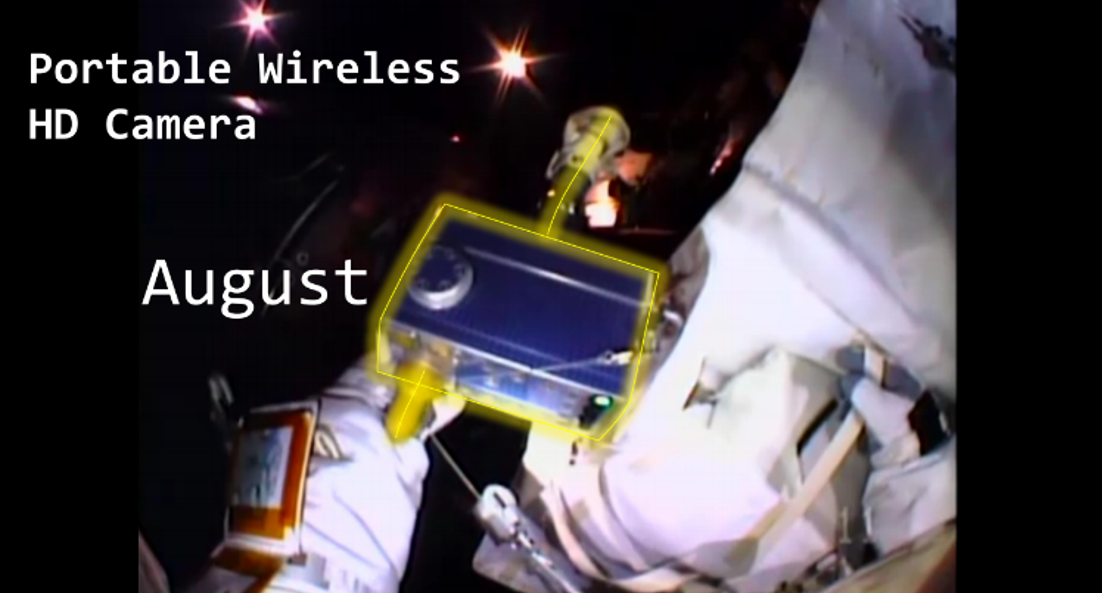
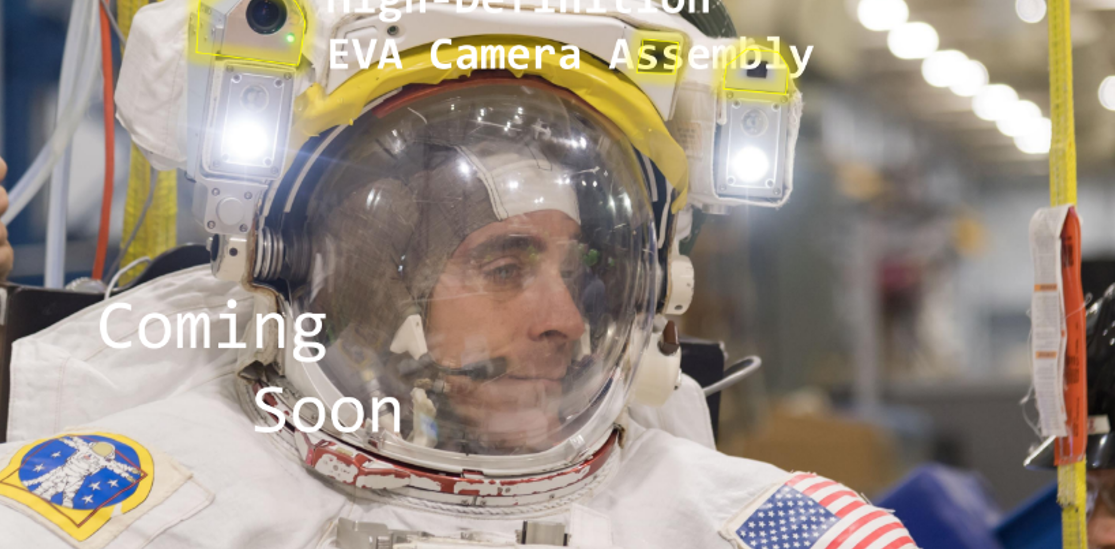
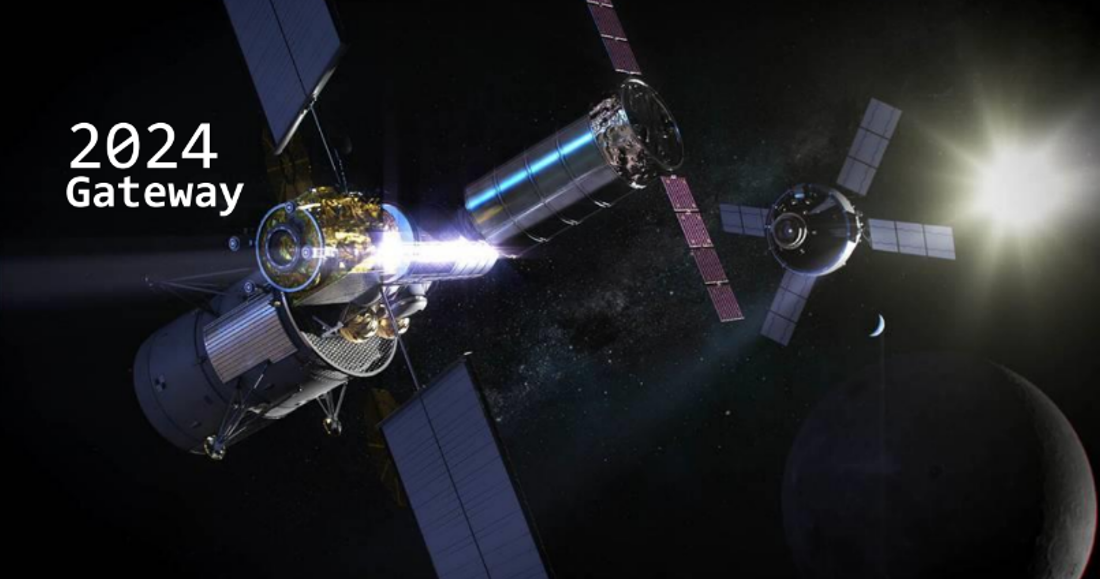

Add new comment